How the Bilbao Guggenheim came to be known for it's visual food
In 1997, the Guggenheim put Bilbao on the international tourist map. Twenty years later and it's become the birthplace of a new Basque cuisine that's as viewable as it is edible
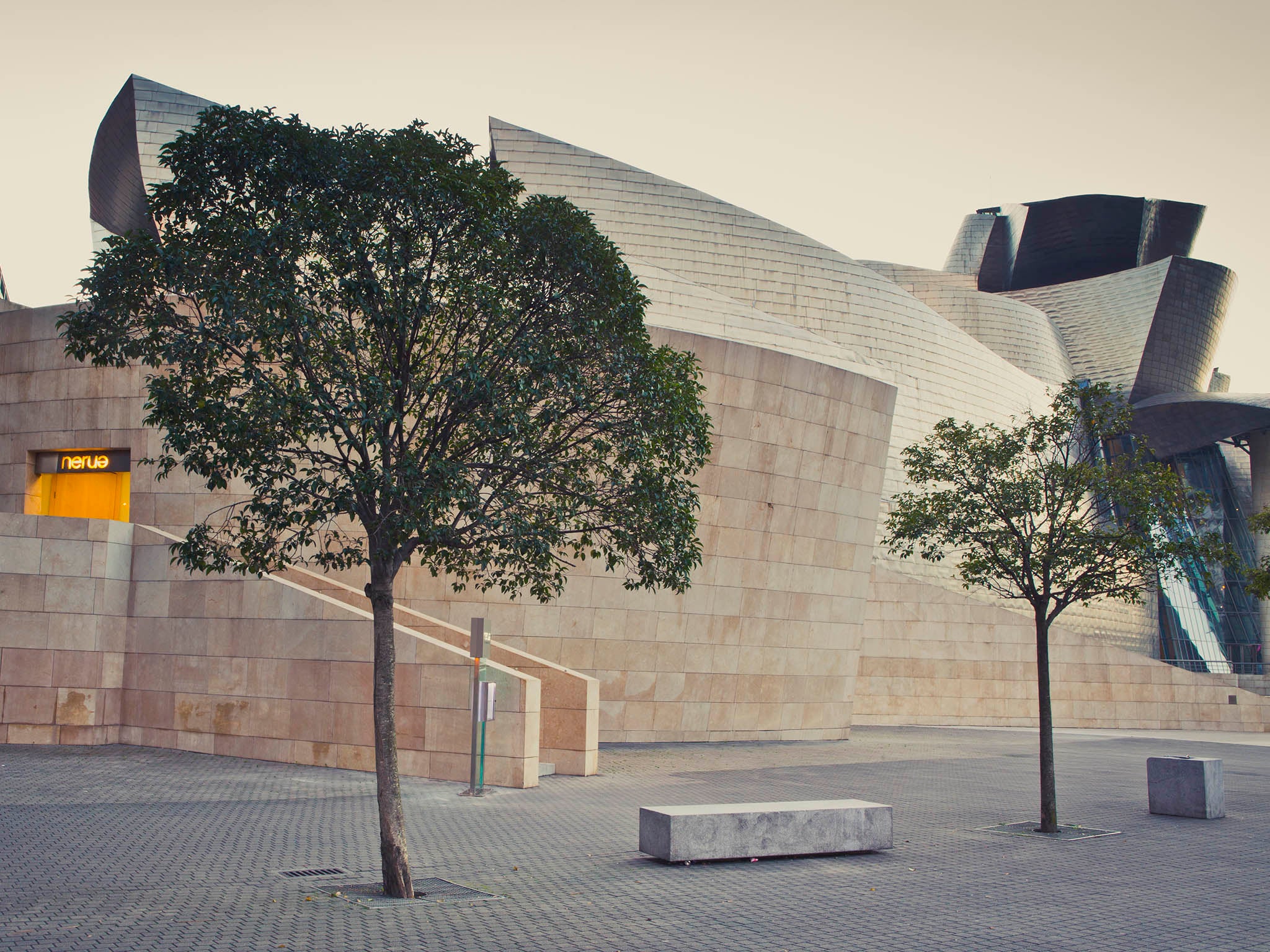
Even avant garde icons age. The Bilbao Guggenheim, Frank Gehry’s once startling explosion of titanium on the Nervión riverbank, and its two giant animal guardians, the Jeff Koons topiary puppy and the Louise Bourgeois bronze spider, recently turned 20.
Among the birthday celebrations was a series of dinners with star guest chefs like Joan Roca of Catalonia and the Peruvian Virgilio Martinez, the Koons and Bourgeois of the kitchen, because the Guggenheim is very much into edible as well as viewable art.
The Guggenheim’s $89m (£64m) cost is now regarded as an absolute snip, having lead the regeneration of the city, put Bilbao on the international tourist map and given its name to a phenomenon of urban planning, the Guggenheim effect, lusted after by ambitious conurbations the world over.
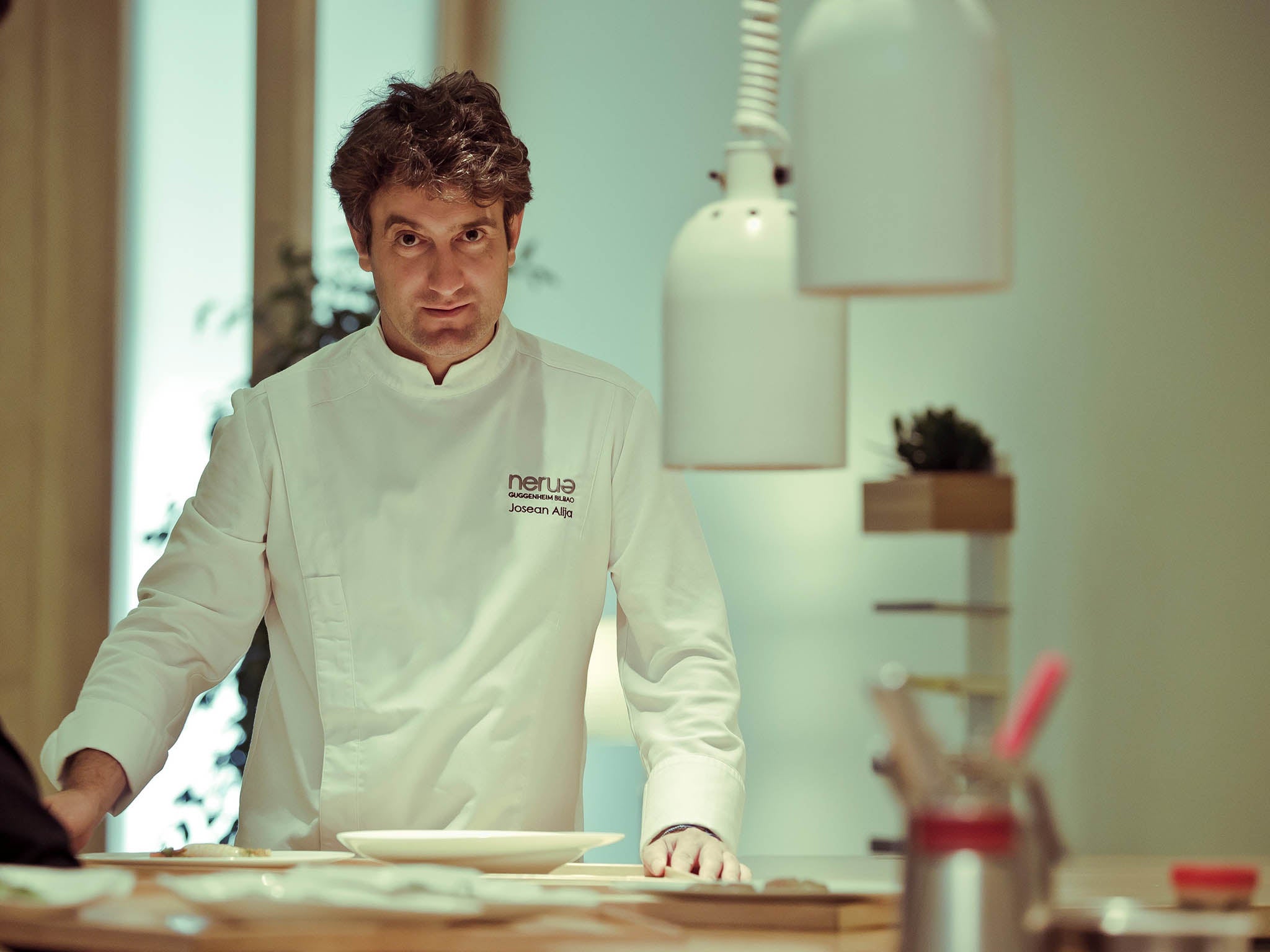
Less ostentatiously, the museum’s restaurant operation has carved out a place as the flagship of the Basque Country’s food scene, in a gritty post-industrial city eclipsed gastronomically two decades ago by its elegant neighbour San Sebastián, the birthplace of the new Basque cuisine.
“The task we were given was to reflect the culture of the region”, says Josean Alija, the chef in charge of the Guggenheim’s three catering spaces, off duty in the pristine white interior, walls devoid of ornament, which is Nerua, the museums’ Michelin-starred food showpiece.
“The Guggenheim could have been seen just as an international institution showing international work. The city wanted to inject Basque personality, and as food is one of our main claims to fame, catering was the perfect way.
“l interpreted this as both traditional food but also the experimental vanguard, because by that time new Basque cooking had become famous and visitors came expecting to find it.”
The Guggenheim’s top restaurant is firmly of the vanguard tendency. When I mention Nerua in the dark wood and tile interior of Txitoka, one of the Basque Country’s celebrated txokos, or male cooking clubs, the comment is: “Not the place to take your mother, she’d hate it.”
The diners tucking into big plates of hake cheeks in green sauce and stew of black pudding, pork and beans agreed: Nerua was fine in its way but a different world. When I ask the most senior member present, an elderly gent in a beret poring over the wine accounts, whether Nerua and its like had impelled the txoko fraternity ever to cook more avant garde dishes, he replies succinctly and with an air of faint suspicion: “No.”
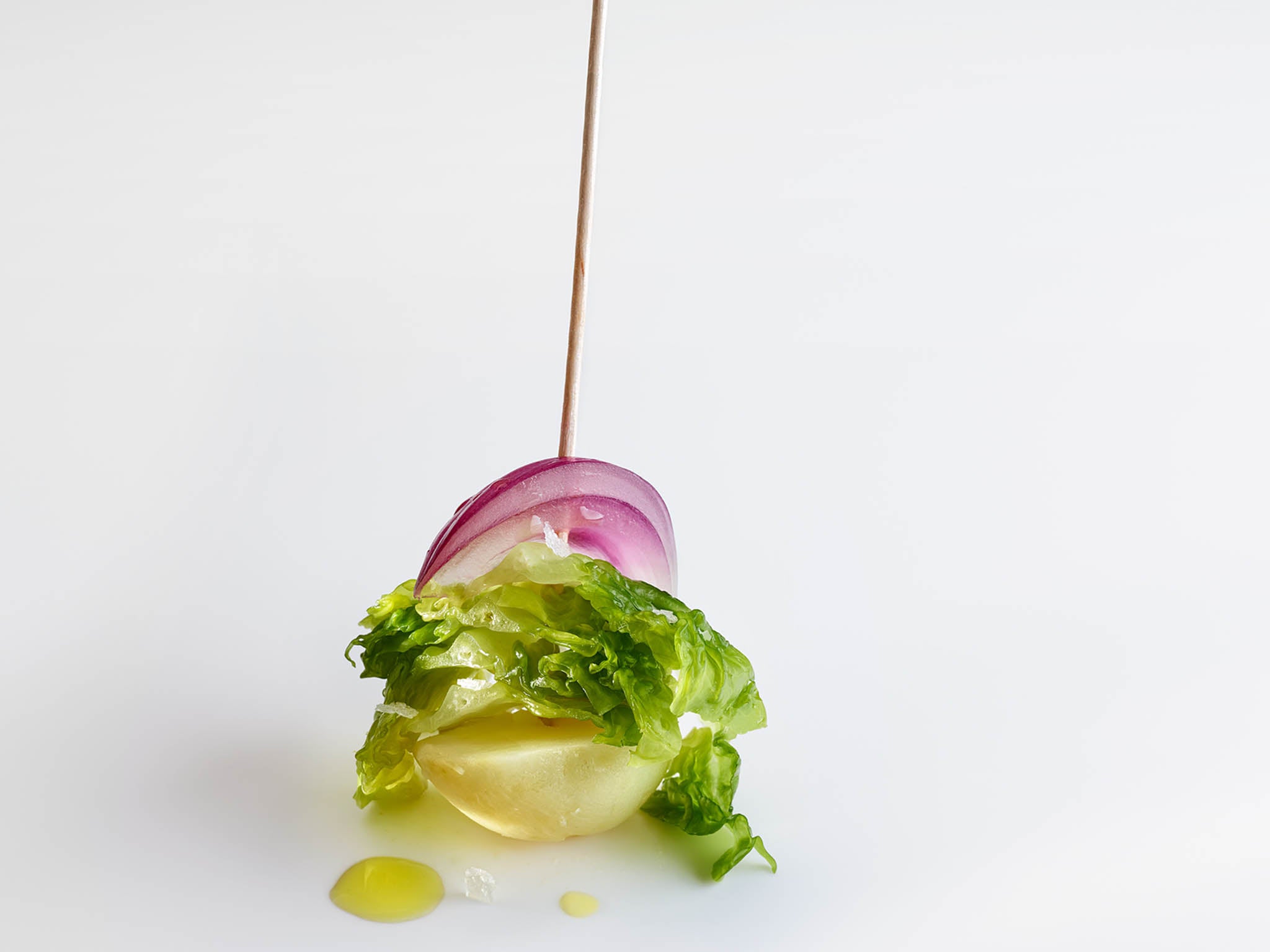
So is the Guggenheim a temple of rarified author cuisine, more for the aesthete than the gourmand? Passages of Alija’s cookbook Muina (meaning “essence”) – the restaurant table a blank canvas for the construction of a communal experience and so on – do flirt with modern art curator speak, and the €170 (£150) tasting menu, 18 dishes in the style of monkfish liver, artichoke puree and black olive juice or roasted baby beans, wheat cream, sardine juice and oregano, does smack of an experience to be undergone more than a damn good blow-out.
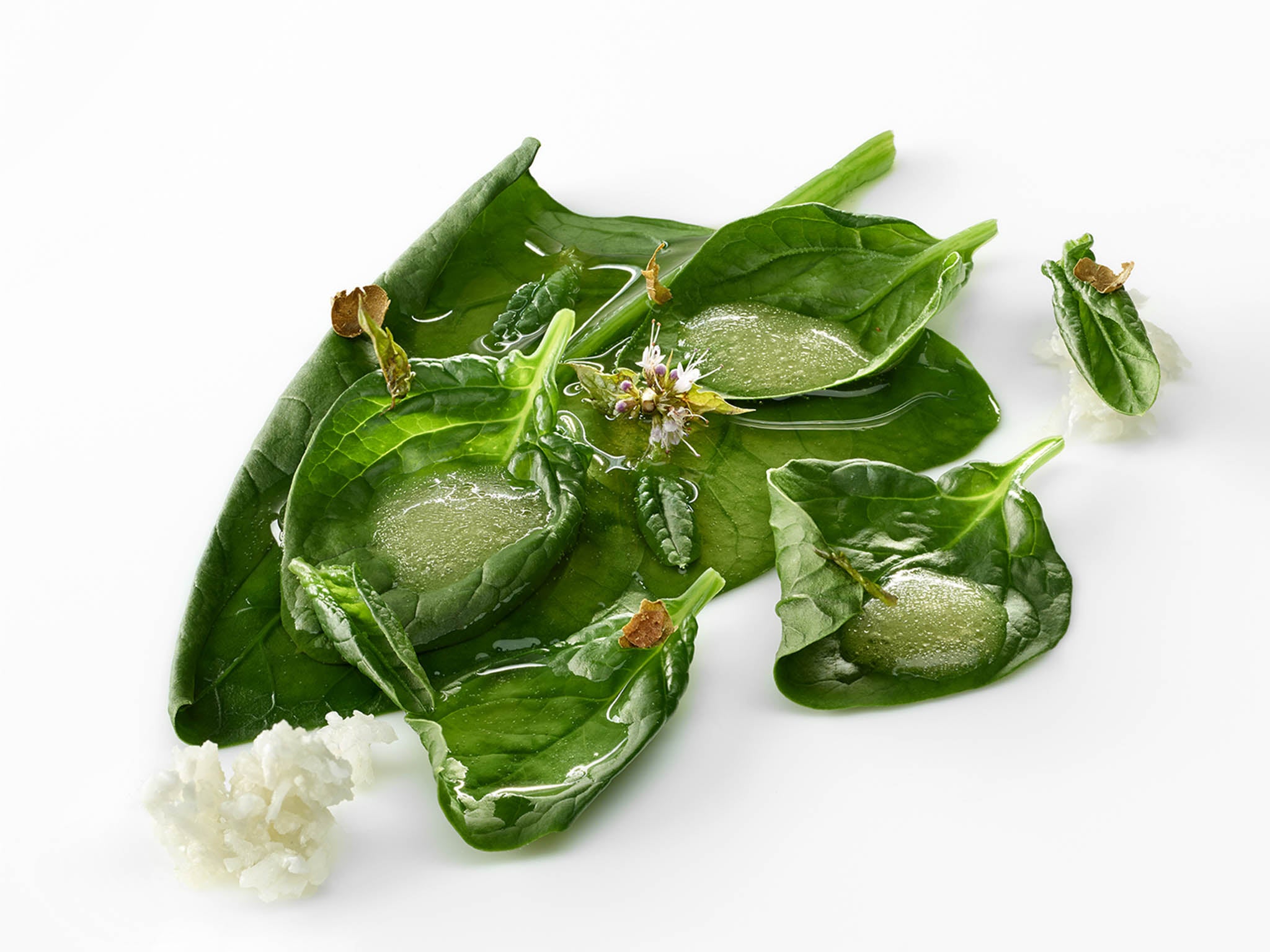
Does Alija regard food as art, perchance? “No,” he says, “but there are parallels, both have their own language, both involve the senses...” Whatever, Alija’s reputation is sky high, though he’s little known abroad. Rafael Garcia Santos, the most eminent Basque food critic, calls him a genius, and points out his trendsetting emphasis on vegetables, and the spare simplicity which marks Nerua’s dishes out from the baroque additive-laden concoctions of avant garde Spanish stars in the Ferran Adrià mould.
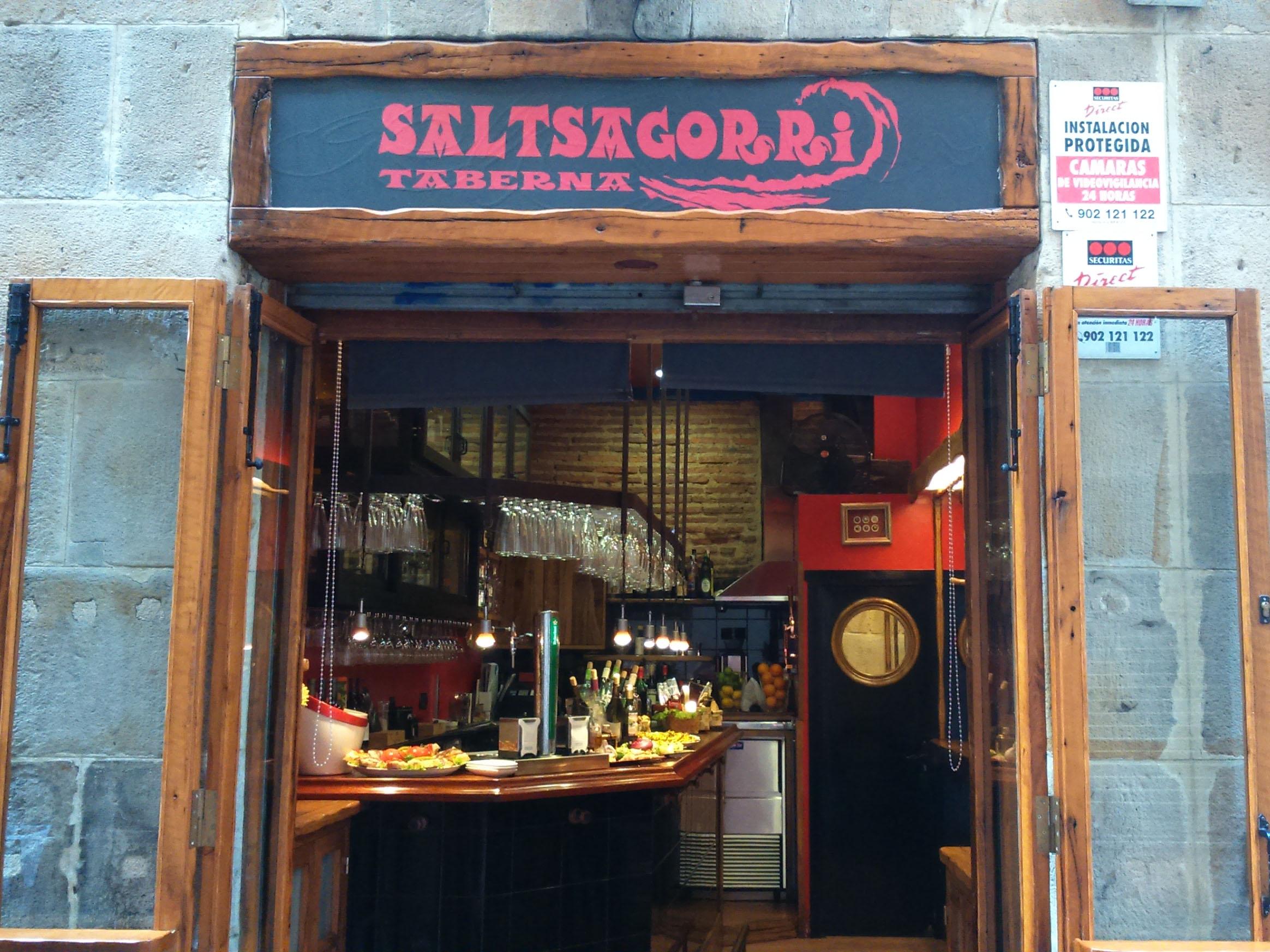
But better than genius, Alija also displays a solid grounding in honest local grub, and a keen awareness of the need to keep a broad range of it available. One manifestation of this is the Guggenheim Bistro, the mid-range of the museum’s options, which offers an accessible blend of tradition with toned down innovation, and at a bargain price. I ate there early evening, entertained by an excellent selection of Otis Redding on the sound system, while waiters laid up long tables for the big jolly parties who come in after 10pm. A three course €29 menu, including half a bottle of decent wine, offers dishes like grilled hake with crushed potatoes and fruit curry sauce, bacalao ajoarriero, the sauce a suave tomato and garlic emulsion named after the salt cod transporters of the old Basque countryside, all top quality and delicious.
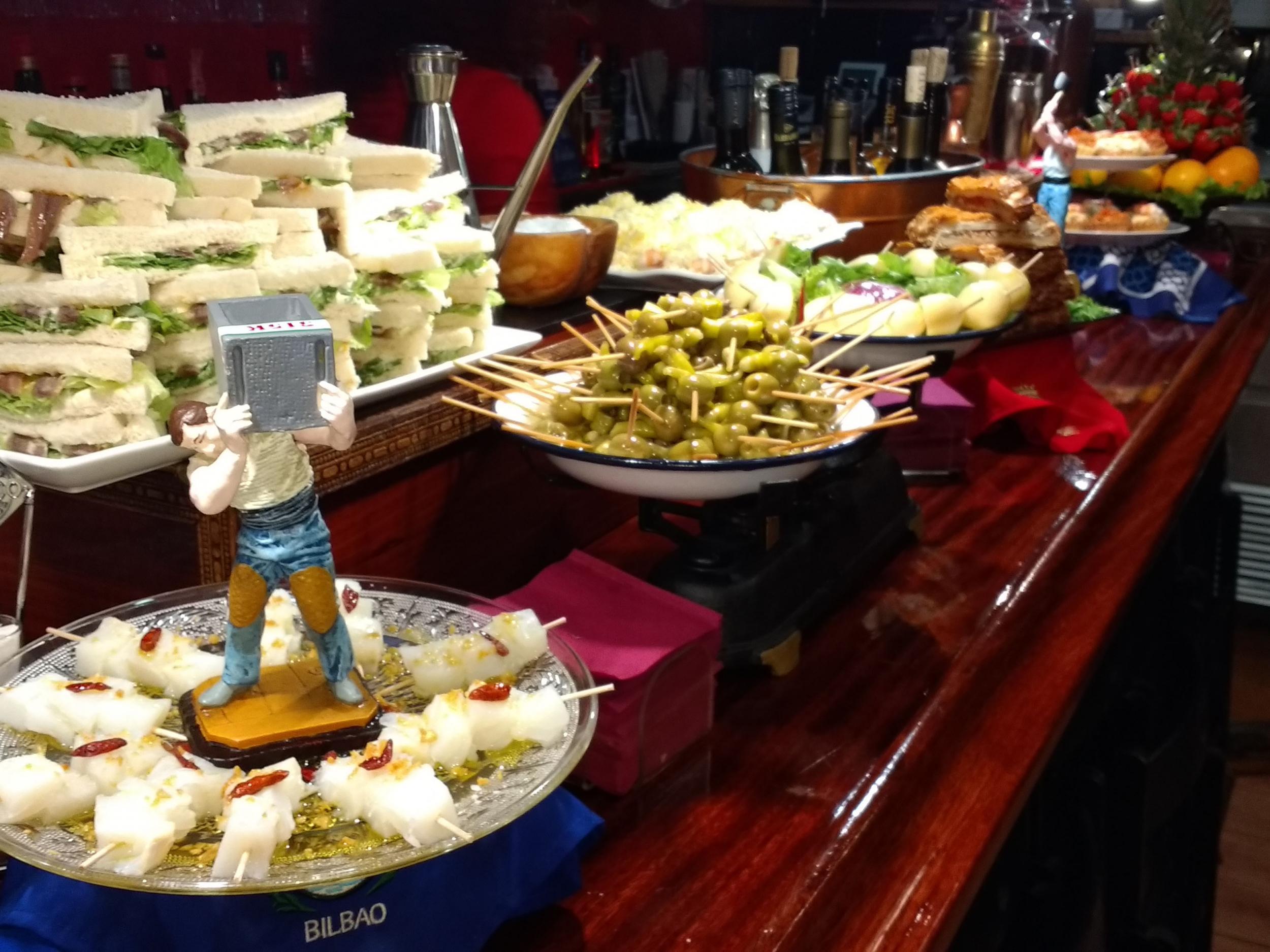
And then there are the pintxos, the celebrated Basque tapas, in which the Guggenheim is surprisingly demotic as well. I came late to these, having first asked Alija’s advice on pintxo bars downtown. His tips were impeccably down to earth: not the smart new places which follow the art cooking lead in the creation of vanguardist pintxos, but a handful of modest little taverns selling excellent ham or particularly succulent potato tortilla.
And above all Saltsagorri, a tiny bar in the Casco Viejo with the atmosphere of a bohemian Soho pub of the 1960s and a tiny range of simple historic pintxos from the repertoire of old popular Bilbao. The “grillo”, a skewer of potato, lettuce and olive, the “bilbainito”, ditto with boiled egg and prawn, the “felipada”, a surprisingly delicious little triangular sandwich of lettuce, anchovy, mayonnaise and Tabasco. “These are from the early 1900s, a time of poverty, cheap everyday ingredients to accompany glasses of bulk ordinary wine,” the proprietor Ernesto Ruiz tells me. “Only a handful of bars still do these. Josean does them at the Guggenheim of course...”
And indeed he does, at the bar beside the Bistro, in versions just a touch more soigné than Saltsagorri’s but the same excellent ingredients: they both buy the all-important lettuce from kitchen gardens among the hilly suburbs across the river. This food is as far from the €170 tasting menu as it’s possible to be, but in the same spirit of refined simplicity which has made the Bilbao Guggenheim as much a trend setting reference in the world of museum catering as the gallery itself was in the art world.
A pretty spot on delivery on the brief to demonstrate Bilbao’s cultural identity through food. And a nice footnote to the Guggenheim’s 20th birthday, to learn that some of its bar snacks are simultaneously celebrating their centenary.
Join our commenting forum
Join thought-provoking conversations, follow other Independent readers and see their replies
Comments